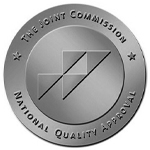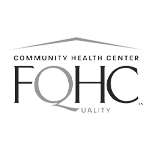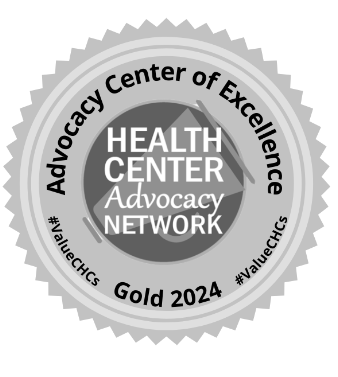
Achilles tendonitis is a common podiatric condition that affects people of all ages. The pain and stiffness caused by this ailment may just be a nuisance at first, but if left untreated it can cause major problems.
Dr. David Pagnanelli Jr., a podiatrist and surgeon at Keystone Foot And Ankle Center, stresses the importance of early intervention and discusses treatment options in today’s Take Care article.
What is Achilles Tendonitis?
Tendonitis is an inflammation of a tendon. Inflammation is your body’s response to increased stress, injury or disease. Your Achilles tendon is the largest tendon in the body. It connects your calf muscles to your heel bone and allows you to bear weight. Even though this tendon is extremely strong, it is prone to tendonitis. Tendonitis, if left untreated, can lead to tendinosis which is degeneration and chronic changes in structure or composition of the tendon.
There are two types of Achilles tendonitis: non-insertional and insertional. Non-insertional typically involves the middle portion of the tendon. Usually the patient will have a large, bulbous inflammation, or knot, 4 to 6 centimeters from the insertion on the heel bone. Insertional Achilles tendonitis is located at the attachment to the heel bone on the back of the ankle.
What are the symptoms?
Symptoms include: pain along the tendon or back of the heel and ankle, stiffness along the Achilles tendon in the morning or after long periods of rest, severe pain in the day after exercising or long bouts of motion, thickening of the tendon (sometimes you can feel this with your hand), bone spurs at the insertion of the tendon (also something you might be able to feel with your hand) and varying degrees of inflammation or swelling.
Who is most prone to this injury?
Anyone of any age can develop Achilles tendonitis. Tendonitis develops from either an injury or repetitive stress or strain that the tendon cannot handle. Typically we see Achilles tendonitis in adults who start back at the gym or in sports without proper stretching, truck drivers who sit for long periods of time and then get up, warehouse workers who stand for long periods of time without moving and people who work desk jobs.
When you are stationary, as in a truck driver or a warehouse worker, your calf muscles become tight and shortened. And then when you step down, you cause a pulling force which causes the immediate inflammation related to Achilles tendonitis. Long-term inflammation and swelling of the tendon can lead to tearing (tendinosis) and rupturing which may require surgical intervention.
When should someone seek treatment?
You should seek treatment when you first notice pain. Early intervention and conservative therapies can reduce the risk of your Achilles tendon tearing, rupturing or having permanent damage. Those who seek early intervention and participate in conservative therapy have better outcomes than those who neglect their tendonitis.
What are the treatment options?
Conservative therapies include rest, ice, nonsteroidal anti-inflammatory drugs, immobilization, stretching exercises, physical therapy, orthotics and heel lifts, shockwave therapy and ultrasound therapies. Steroid or cortisone injections are not recommended due to the increased risks of tendon rupture.
When conservative measures fail, we move to surgical intervention after advanced imaging confirms a likely Achilles tendon tear or damage.
What is the long-term outcome for most patients?
With early intervention and appropriate conservative care implementation, the majority of patients can recover fully. If surgical intervention is needed because conservative therapy has failed where the tendon is already torn, the patient may have permanent weakness on that limb. Though surgical intervention can usually be avoided, sometimes it is necessary.
If you suspect you may have Achilles tendonitis, tendinosis, or you have other foot or ankle concerns, don’t delay in seeking care. Early treatment is often key to a complete recovery and enjoying an active and pain-free quality of life in the future.
This article contains general information only and should not be used as a substitute for professional diagnosis, treatment or care by a qualified health care provider.




